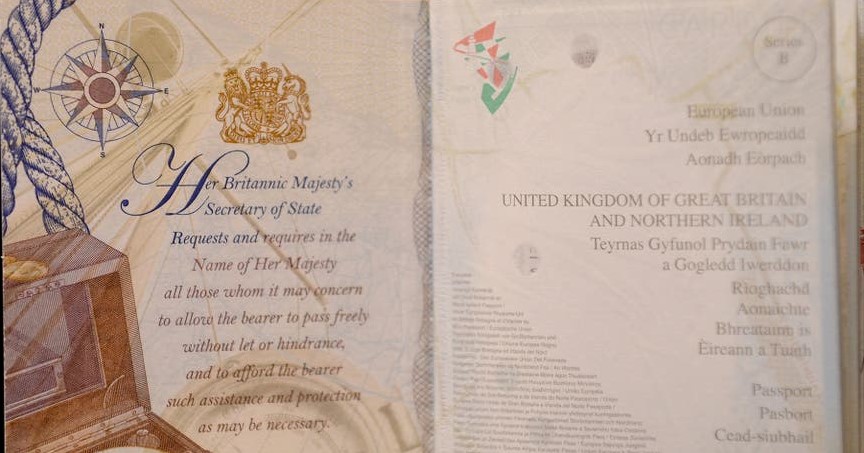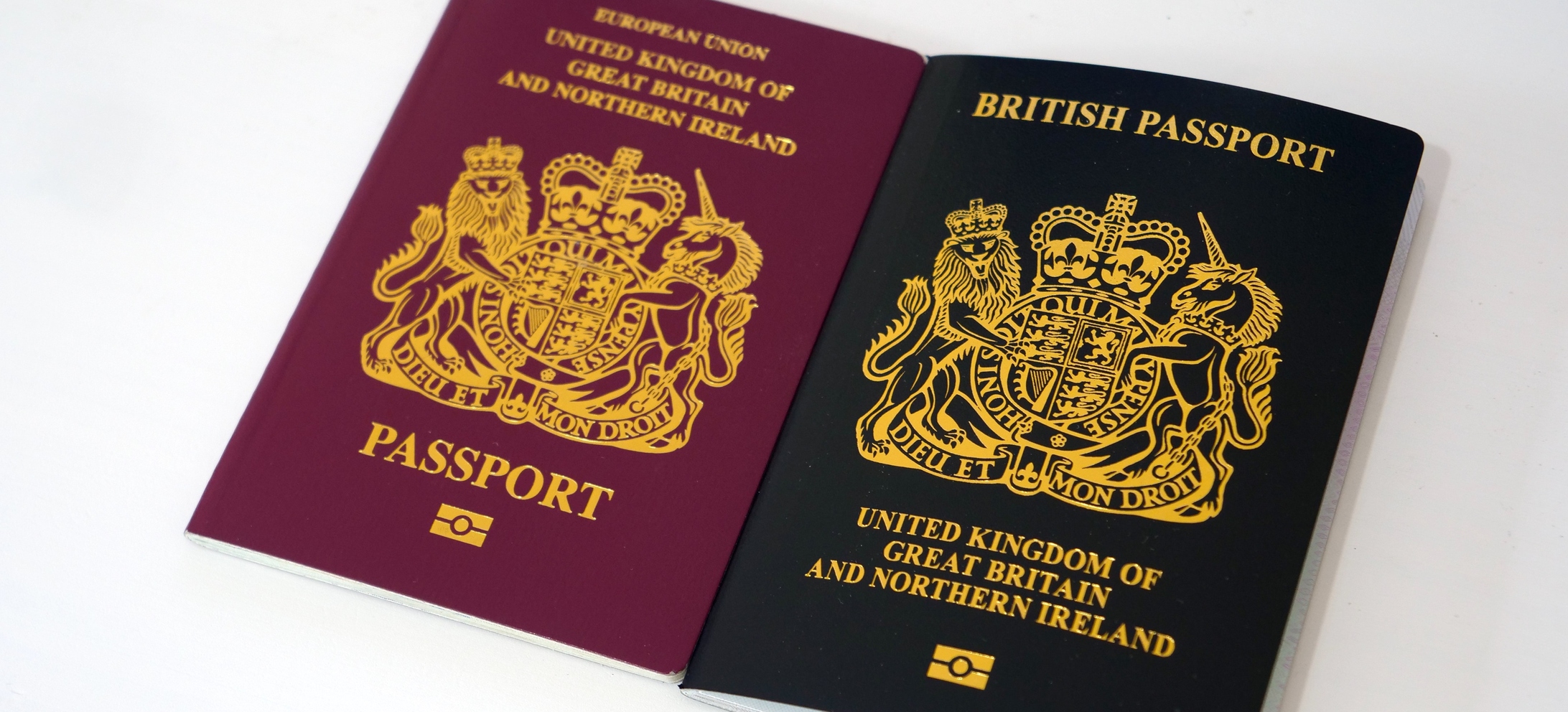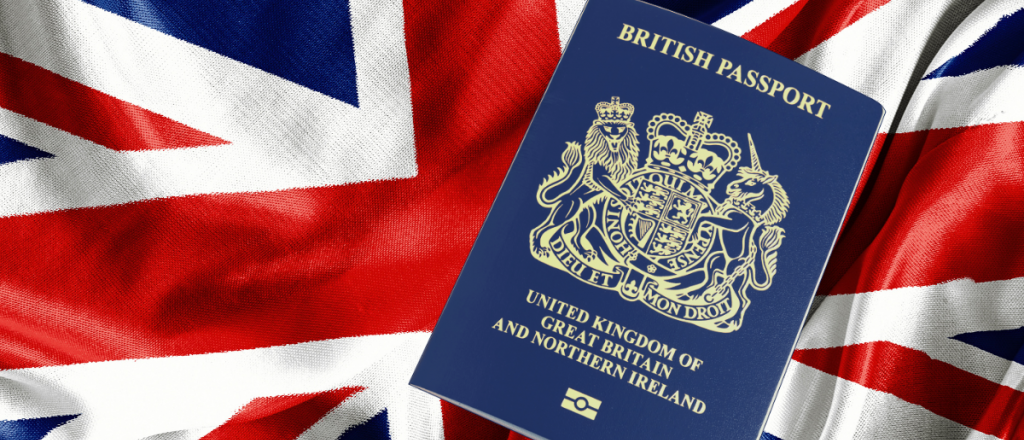British Passport
The British Passport
A British passport is a travel document issued by the United Kingdom to individuals holding any form of British nationality. It grants the bearer international passage in accordance with visa requirements and serves as proof of citizenship. It also facilitates access to consular assistance from British embassies around the world. Passports are issued using royal prerogative, which is exercised by Her Majesty's Government. British citizen passports have been issued in the UK by Her Majesty's Passport Office, a division of the Home Office, since 2006. All passports issued in the UK since 2006 have been biometric.
The legacy of the United Kingdom as an imperial power has resulted in several types of British nationality, and different types of British passport exist as a result. All British passports enable the bearer to request consular assistance from British embassies and from certain Commonwealth embassies in some cases. British citizens can use their passport as evidence of right of abode in the United Kingdom.
History
King Henry V of England is believed to have invented what many consider to be the first passports as a means of helping his subjects prove their identity and nationality while they were in foreign countries. The earliest reference to these early passports is in the Safe Conducts Act of the year 1414. The term "Passport" was introduced around 1540 at which time the issuance of these documents became a role of the English Privy Council.
All passports were signed by the reigning monarch until 1685, when the Secretary of State began to sign them instead. All passports were signed by the Secretary of State from 1794 onwards.
Between 1920 and 1988, the standard design of British passports was a navy blue hardcover booklet featuring the royal coat of arms emblazoned in gold. From 1988, the UK adopted machine readable passports in accordance with the International Civil Aviation Organization standard 9303. At this time, the passport colour was changed to burgundy red, in line with most other EEC passports. March 2020 saw the introduction of a new navy blue passport with a continuity design based on the previous blue passport last issued in 1988. This design was phased in over a number of months, and when introduced, the plan was that all passports issued should be blue by mid-2020. All passports are now issued with the blue design.
Since the introduction of biometric passports in 2006, the British passport has introduced a new design every five years. On 10 March 2020, the new Series C blue British passport officially began to be issued. Series C introduces a polycarbonate laser-engraved bio-data page with an embedded RFID chip. Also embedded in the data page is a decoding lens which optically unscrambles information hidden on the official observations page and inner front cover. The reverse of the polycarbonate data page serves as the title page and features a portrait-orientation photo of the bearer, reminiscent of pre-1988 passports. Series C features very little artwork, with a compass rose being the only printed art. The passport has the national flowers of England, Northern Ireland, Scotland and Wales (Tudor Rose, Shamrock, Scotch Thistle and Daffodil, respectively) embossed on the back cover.
British Passport abroad
Visa requirements for British citizens are administrative entry restrictions by the authorities of other states placed on citizens of the United Kingdom. As of the 3rd quarter of 2021, holders of regular British Citizen passports had visa-free or visa on arrival access to 187 countries and territories, ranking the British Citizen passport 7th in the world in terms of travel freedom (tied with Belgian, New Zealand, Swiss and United States passports) according to the Henley Passport Index.
British Passport renewal
There is a difference in renewing your British passport and replacing it if it has been damaged or stolen. Renewing your passport, either just before it expires or a short time after this is a reasonably simple process that takes up to 11 weeks. Replacement takes up to 13 weeks and you will need to inform the UK home office if your passport is stolen or damaged.
HM Passport Office classes your passport as damaged if:
- you can’t read any of your details
- the laminate cover has come away
- there’s an ink or chemical spillage on any of the pages
- there’s discolouring of your personal details (for example your name or date of birth) or on the official observations page
- any of the pages are ripped, missing or detached
- the chip is damaged or showing through the back cover (e-passports only)
- there’s any damage to the back cover (for example ripped, bite marks or staple holes)
- there’s excess water damage
People that have never had a UK passport before, or who are renewing a passport that expired some time ago may be asked to come for an interview.
Passport interviews
You may be asked to come for an interview at a passport office if you’ve never had a UK passport before, or your old passport expired some time ago.
The interview helps to confirm who you are and that the passport application belongs to you. It’s an important part of protecting your identity. It stops other people applying for a passport in your name.
Interviews last around 30 minutes and you will be asked some questions that someone trying to steal your identity may not know. Your photo will also be checked to make sure it looks like you.


